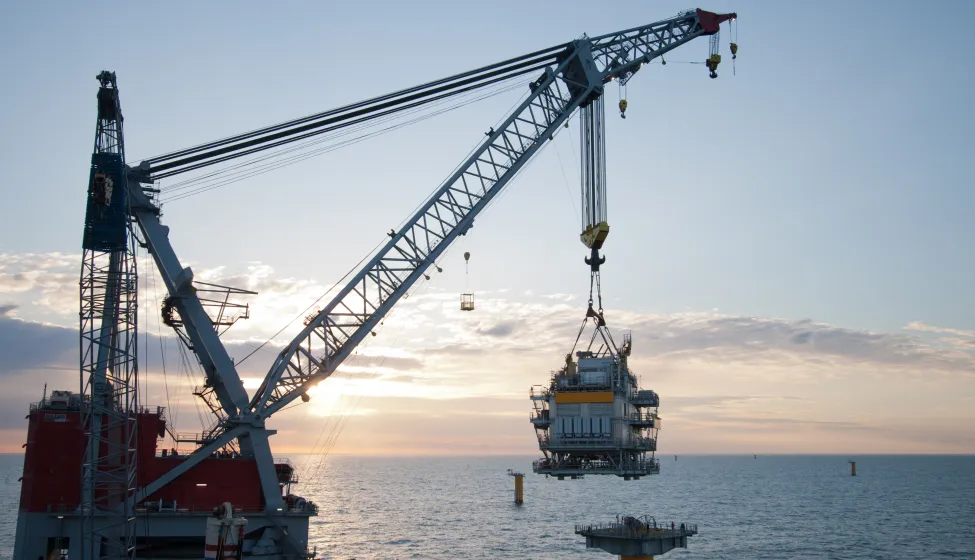August 21, 2025
Executive Summary
Offshore energy projects encounter significant challenges due to harsh environmental conditions and complex operational demands. Leveraging advanced analytical methods early on can help mitigate risks, prevent costly disputes, and enhance platform safety and reliability. Exponent's extensive knowledge of fixed and floating offshore infrastructure, along with a proven record of investigating complex failures, constitutes an unparalleled multidisciplinary resource for assessing safety, performance, and reliability.
How can offshore energy stakeholders manage risk — and costly disputes — in harsh, real-world conditions where accidents have complex root causes?
Offshore platforms that support oil and gas production and renewable energy projects like solar arrays and wind farms are integral to the evolving energy sector, with the installed capacity of offshore wind platforms alone estimated to increase ten-fold by 2030. The development of these structures can take years, however, reflecting the complexity of their operational demands and the sensitive marine environments where they're deployed. Corrosion, wind, ocean currents, severe storms, earthquakes, and other hazards mean that design flaws, engineering errors, operational oversights, or new risks that come with building larger and deeper can spell disaster for operators, workers, and surrounding ecosystems.
Exponent's legacy of work supporting the construction and operation of wind farms and other energy projects and having performed complex failure analyses of historic platform incidents amounts to a deep expertise in all aspects of fixed and floating infrastructure, their evolving applications, and the harsh environmental factors that can compromise their integrity. In our experience, when failures occur or when the arduous development process results in challenges or delays, disputes frequently follow — with costly liabilities ranging from injury to economic loss to environmental damages.
In failure investigations, energy stakeholders and those involved in the design, construction, and operation of offshore platforms will almost always need to thoroughly account for how real-world operational conditions played into related claims. A full analysis of an offshore platform's unique site, including its surrounding geology, ecology, and weather-related factors, in addition to its design, engineering, and construction, is best managed by multidisciplinary teams that leverage a variety of specialized expertise and advanced analytical techniques to develop evidence-based conclusions about what went wrong and why in court or arbitration proceedings.
How can bespoke analytical expertise help mitigate risk?
A particularly valuable time to address the complex risks involved in offshore energy construction is in the design phase of a project, when Exponent is frequently engaged to help clients solve their toughest challenges.
When the Government of Rwanda and ContourGlobal, a power generation company, set out to build KivuWatt, the world's largest methane gas extraction plant, located 13 km offshore on Africa's Lake Kivu, they asked Exponent to evaluate the possibility of flow-induced vibration due to the two-phase flow of water and gas through the water risers. Flow induced vibration could lead to stress on structural components, cracks and deformations, and potentially result in catastrophic equipment or component failure.
To assess the situation, Exponent's scientists and engineers developed a customized analytical methodology that leveraged both computational fluid dynamics (CFD) and finite element analysis (FEA) to identify potential structural issues and their potential causes.
By rigorously identifying and quantifying potential environmental and structural risk factors, including potential weaknesses or points of failure early in the design process, our clients are able to implement possible corrective measures, avoid costly project delays, and mitigate the risks associated with unpredictable conditions — risks that could otherwise produce structural or equipment failure, worker safety and environmental concerns, and future legal challenges.
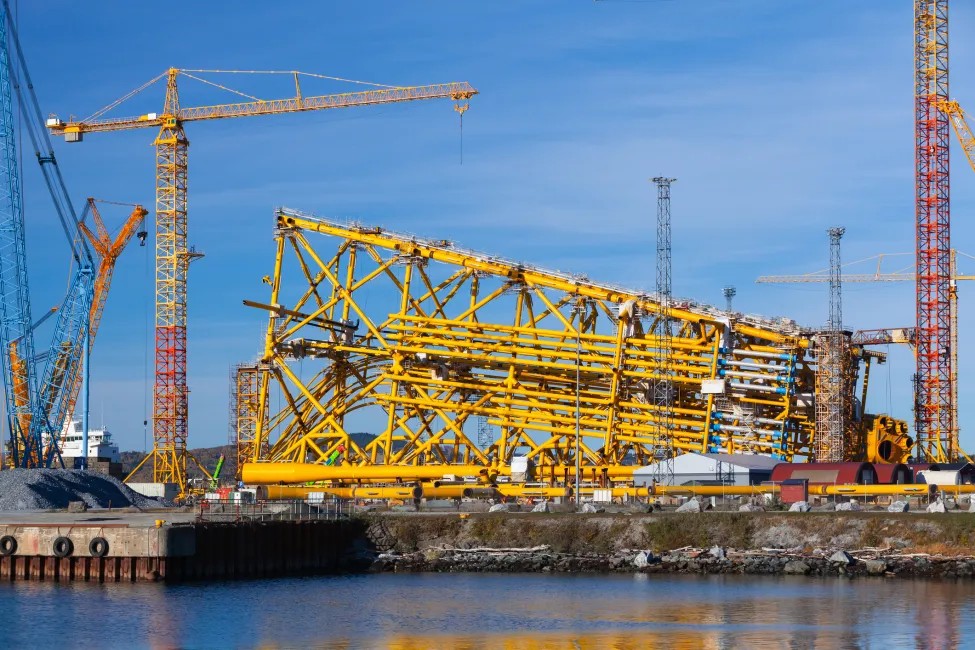
Why is understanding real-world performance critical?
Several years ago, a client called Exponent to investigate the cause of a failure in their offshore tension leg platform. One leg had separated from the seabed connection point, creating instability for the platform as a whole and risking a much larger potential failure.
Our engineers examined the metallurgical integrity of the failure location to understand whether there were any non-conformities in the materials or assembly of the platform leg and whether corrosion contributed to the failure. This part of the investigation revealed a fatigue mechanism, prompting further investigation into whether the exertion of fluid flowing across the structure resulted in vibration that could have impacted the integrity of the leg. By performing structural analysis to understand the natural vibration modes, as well as an ocean current analysis to quantify water velocity at different depths, our engineers confirmed the failure was attributable to high-cycle fatigue caused by flow-induced vibration — a critical and definitive root-cause determination for the accident.
Experienced technical expert witnesses help fact-finding audiences understand the nuances of science that form the basis of legal arguments.
This failure event and its investigation underscore not only the complexity of engineering and construction for offshore platforms but also the importance of bringing multiple perspectives together to address their dynamic interplay in real-world settings. Among the many critical factors that figure prominently into an expert's understanding of why and how a platform failure occurred are:
- Continuous saltwater exposure, which can accelerate corrosion
- Possible seabed erosion, which can weaken a platform's foundation.
- Cyclic loads of wind and waves, which can cause material fatigue and weakening
- Defective welding, material flaws, cracks in platform legs, and more, making it easier for environmental elements to compound the impacts of harsh operating conditions
Beyond structural analysis (including FEA and other tools), failure analysis engineers leverage CFD, fatigue analysis, probabilistic reliability analysis, and failure mode and effects analysis (FMEA), often in tandem with ultrasonic, X-ray, and other non-destructive testing (NDT) technologies, to uncover combination failure factors and find out what happened and why, even in the most complex circumstances.
How can we simplify root-cause analysis for legal stakeholders?
When high-stakes offshore construction disputes land in court, mediation, or international arbitration, being prepared to communicate technical findings clearly and effectively to judges, juries, and mediators is critical.
Industry parties and attorneys rely on scientists to effectively impart the objective scientific facts of these cases through expert reports, declarations, and oral testimony. Due to the complexity of this information, it is essential that stakeholders engage highly experienced and qualified expert witnesses. These professionals can present complex concepts in accessible terms, utilizing suitable technical details and supporting visual aids to facilitate understanding for non-specialist audiences.
These considerations can figure in disputes where the question of fault may fall not on whether the right standard was applied but on how it was interpreted in site-specific conditions. Cases involving a complex interplay of offshore platform or equipment failure modes — including design flaws, operational errors, and the effects of harsh environmental conditions — and the use of CFD, FEA, and other advanced analytical techniques to perform failure analysis also demand an exacting approach to the communication of technical findings. In these cases, experienced technical expert witnesses help fact-finding audiences understand the nuances of science that form the basis of legal arguments.
Whether through root-cause analysis or providing crucial insights and objective technical opinions in dispute venues of every kind, the right experts, deployed by either party, have the potential to make or break a case.
Frequently Asked Questions
What Can We Help You Solve?
Exponent offers wind-ranging consulting and engineering support for oil, gas, wind, and solar projects, helping utilities, energy companies, equipment manufacturers, and transmission developers address technical challenges and related disputes. Our multidisciplinary experts have decades of experience performing root-cause failure analyses of complex offshore energy projects in harsh marine environments.
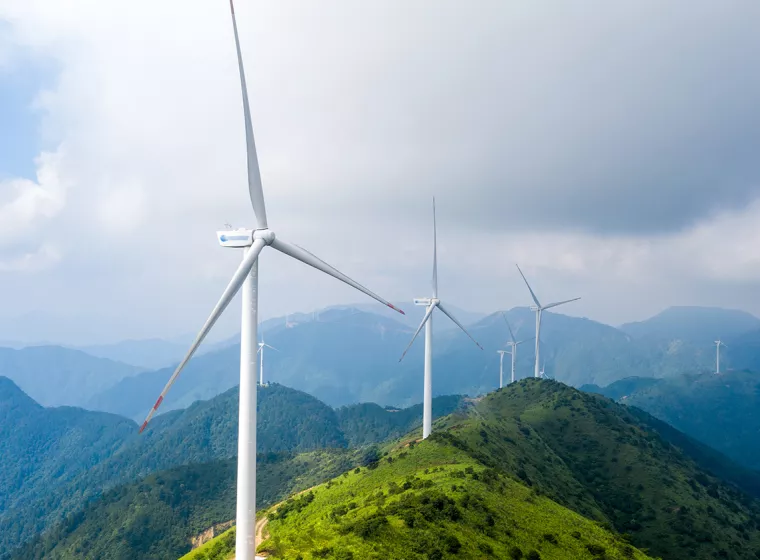
Wind Power Consulting
Comprehensive wind energy consulting, engineering evaluations, failure analyses, and environmental, health, and materials risk assessments.
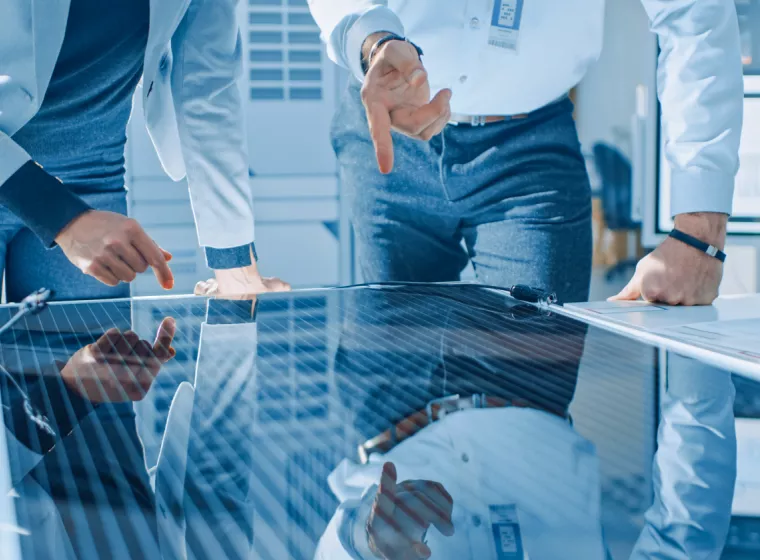
Thermal Sciences Expertise for Energy Systems
Energy systems design, safety, and compliance consulting across a range of industries, including oil and gas, renewable and utility power generation.

Mechanical Failure Analysis
Discover the root cause of mechanical failure using visual modeling simulation, data analysis, on-site investigations, and laboratory testing.
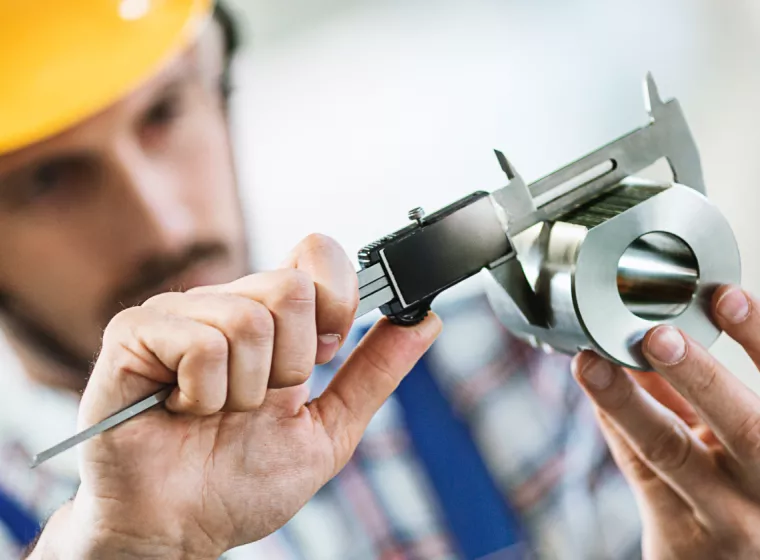
Materials Failure Investigations
Rigorous analysis, direct and root cause investigations of materials failures.
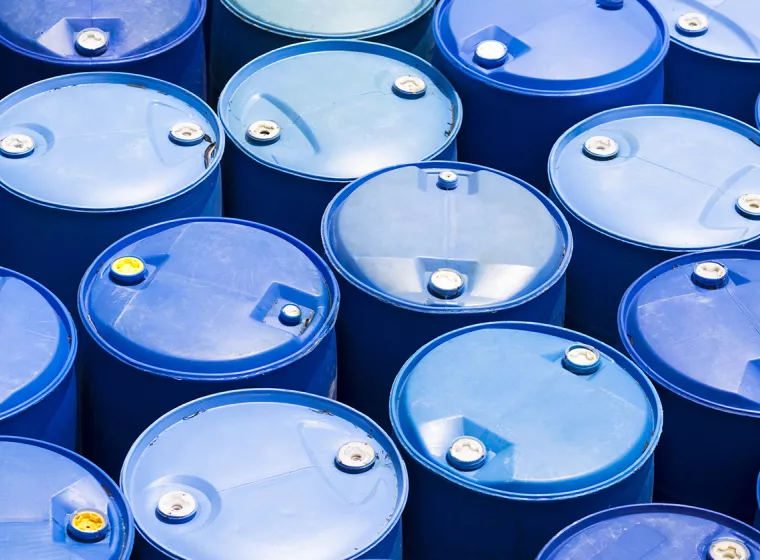
Chemical Engineering
Extensive production and safety assessments for facilities combining hazardous and reactive materials, novel technologies, and interconnected equipment.
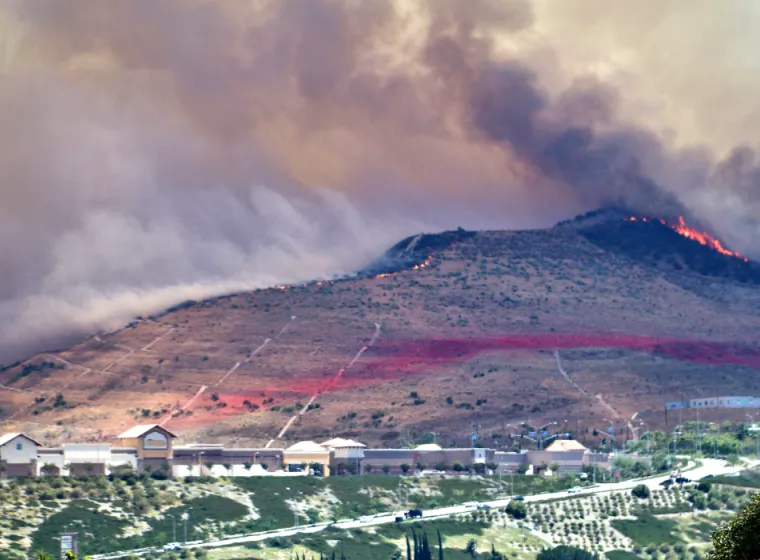
Wildfire Modeling, Before and After
How computational wildfire modeling can help mitigate facility and liability risks
